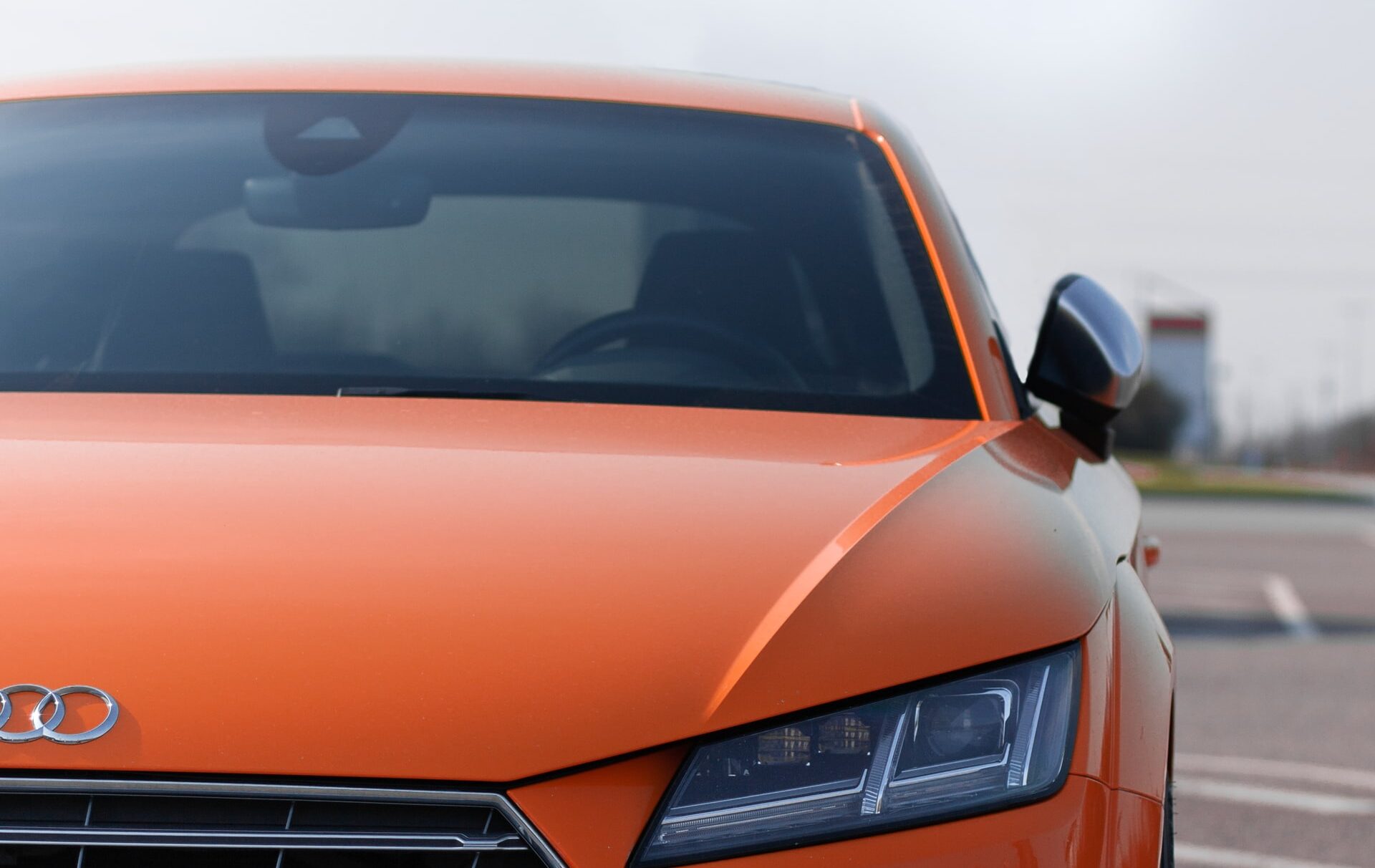The off-roading hobby is among the most popular motorsports. It’s not hard to see why many people like it. It’s fast, exciting, and exhilarating, faces you with challenges you have to overcome, is satisfying, and more than flashy enough for the ladies.
Many people who consider themselves off-road enthusiasts, however, haven’t even been inside an off-road vehicle. Not that they’re to blame, since not everybody has as much exposure as people from other parts of the world.
Live in Kentucky, and you’re much more likely to be acquainted with the idea of huge 4×4 rigs compared to someone who grew up somewhere in Bordeaux, France.
However, if you did grow up in Bordeaux, then welcome to off-roading and it does not discriminate. This article will ideally help explain a couple of core off-road concepts for you to kickstart your future passion.
Basics of Off-roading
There are a lot of differences between driving off-road and driving on a road. The term “going off-road”, technically does not specifically imply going through the wilderness. As long as you’re driving on anything that is not a road, you’re off-roading.
However, it’s important to realize that this is generally damaging to the environment, and should be avoided if you can. This is why most areas in which off-roading is prevalent have established trails that are cared for and maintained by an organization that has an interest in keeping the motorsport’s good reputation.
While off-roading has its own aesthetic and culture, you theoretically don’t need a vehicle designed for the off-road to be an “off-roader”. That is because, by the time you get out of the trail you’re driving through, your average Sedan is going to come apart.
Passenger vehicles aren’t made for off-roading. You can take them off-road, and many people have, and will, but they do so because of necessity, not because it’s fun. If you’ve ever been a young child in the backseat of your parent’s car, you probably remember them groaning in annoyance whenever they had to drive through mud.
Harsh terrain conditions are not pleasant for vehicles, making it likely to damage them. Not only that, but there are several key characteristics between cars designed to brave the worst of what Mother Earth has to offer, and cars made to drive calmly and carefully over designated roads.
How Are Off-road Cars Different?
Off-road cars are mainly different in gear, equipment, and car parts, You can purchase a car that has been made to perform in off-road conditions since manufacture, or if you’re feeling adventurous or experimental, can try and modify a normal passenger car.
My recommendation would be to avoid that. Since you’re reading this article, odds are you’re probably not a mechanic or a particularly experienced engineer. Therefore, any modifications you make to your vehicle without proper knowledge or education are liable to damage it and make you lose out on a lot of money.
Don’t let me stop you, though. Want to turn a Toyota Prius into an off-road beast? Please do – it’s probably going to be one of the most entertaining things to come out of the hobby! Make sure to speak with a mechanic that can understand and follow your vision, though.
There are four main differences between car parts when it comes to off-road cars and normal ones.
- Suspension – A good off-road vehicle needs good suspension. Otherwise, you’re going to be shaken and stirred.
- Wheels – What makes or breaks an off-road car. A solid pair of wheels is an absolute necessity.
- Bumpers – A lot of people buy aftermarket bumper upgrades for their cars after purchase.
Learn Even More
This article explains only the very basics and should only serve to give you background information on off-roading. If you’d like to learn more, find out everything about off-road cars here.
Otherwise, I hope you’ll be happily joining us whenever the next gathering or even competition takes place. There’s nothing better than spending time with your community!







